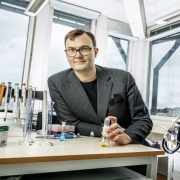MIDDLETOWN, N.Y. – A team of four SUNY Orange engineering sciences students is among a dozen teams announced as finalists Wednesday (April 27) for the 2022 Community College Innovation Challenge (CCIC) organized by the American Association of Community Colleges (AACC) in partnership with the National Science Foundation (NSF).
The CCIC is a national competition where community college student teams use science, technology, engineering, and mathematics (STEM) to innovate solutions to real-world problems.
Click here to read the full article
Source: The Photo News
—
If you have any questions or thoughts about the topic, feel free to contact us here or leave a comment below.

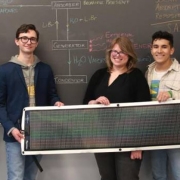

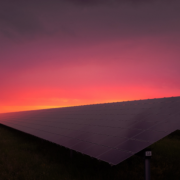
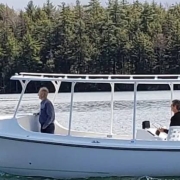


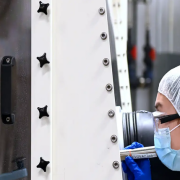
 Panel The Planet
Panel The Planet